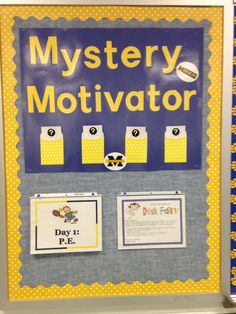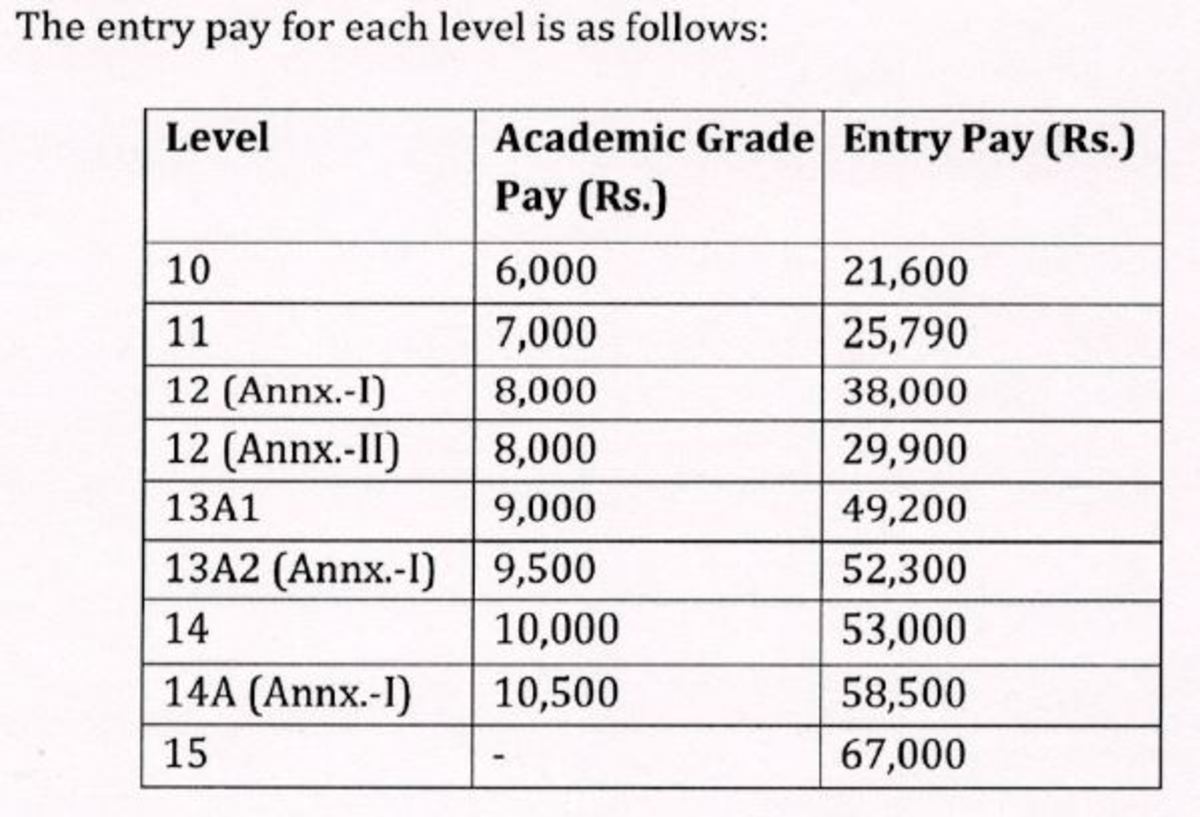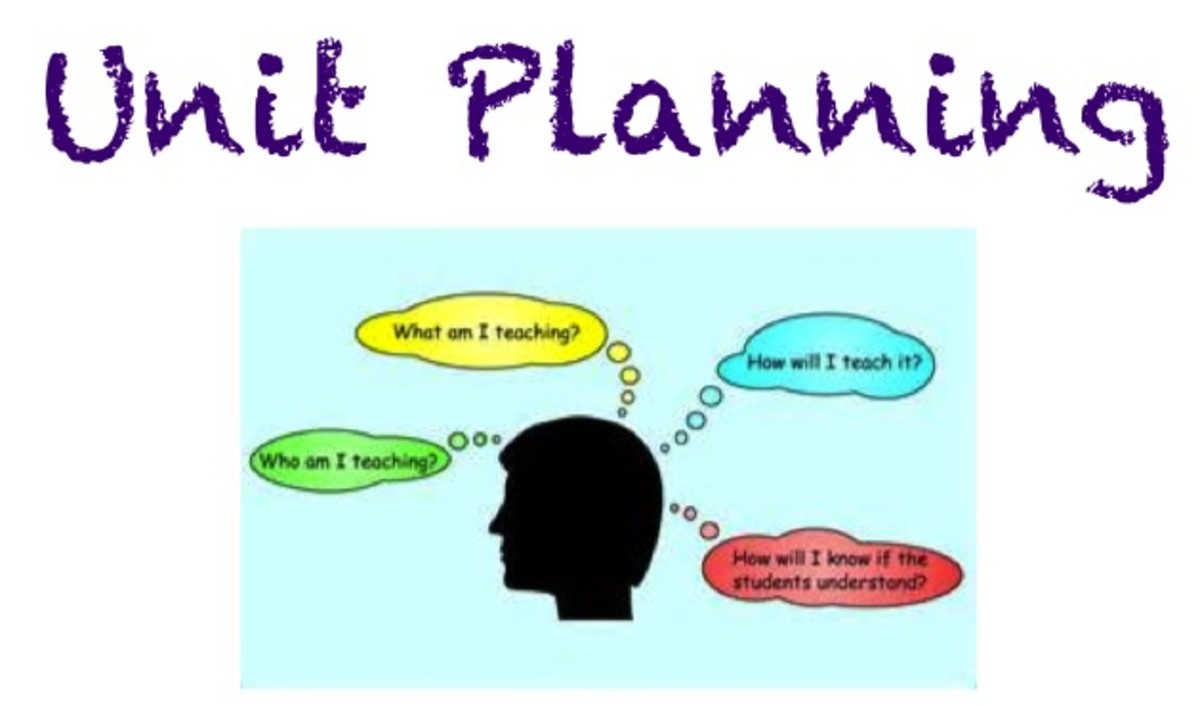Increasing Attention To Task Using A Mystery Motivator Program
Introduction
Teachers are constantly challenged with maintaining the interest of the students that they teach and managing disruptive behaviors. Students that are not interested in the content being provided are more inclined to give in to inappropriate behavior due in large part to boredom. In the inclusive classroom, teachers are faced with a multitude of behaviors to manage. When a disability such as ADHD is factored in to the issue of maintaining student interest, the teacher has to work twice as hard to keep students engaged. Student engagement and appropriate behaviors are essential for effective instruction (King, 2013). Positive interventions are essential to providing the support and management that students crave as well as allowing the teacher to successfully manage the amount of disruptive behaviors versus the amount of engaged learning. By implementing a class-wide intervention, students are not singled out and are more inclined to work at decreasing their disrupting behaviors.
Disruptive behaviors in the classroom take a substantial amount of time away from academic instruction (Kauffman, Wong, Lloyd, Hung, & Pullen, 1991; Weinstein, 2007), lead to decreased academic performance, and have a negative impact on standardized test scores (Canter, Paige, Roth, Romero, & Carroll, 2004). Research over the past few years has shown that the focus on behavior management has shifted to a proactive and positive approach as opposed to the traditional reactive and negative approach (Bradshaw & Pas, 2011). A recent study conducted on using a positive behavior management intervention known as the Mystery Motivator Intervention showed significant decrease in the amount of disruptive behaviors that were observed in the participating classrooms. Mystery Motivator is a contingency contract in that it is framed around a written description of dependent relationships involving student performance, teacher performance, and reinforcing consequences (Schloss & Smith, 1998) The study was conducted using eight classrooms (three kindergarten, two first-grade, one third-grade, and two fourth-grade) across seven schools. The participants were heterogeneous in the following categories: race, ethnicity, socioeconomic background, age and grade level. The research design implemented was an ABAB, changing-criterion design that was replicated in each of the eight classrooms for approximately 40 minutes daily for eight weeks (Kowalewicz & Coffee, 2014). Researchers found that the Mystery Motivator intervention created an environment that promoted consistent feedback and consequences (Kowalewicz & Coffee, 2014). This intervention is implemented class-wide and teacher-chosen rewards are given once the entire class has met the criteria established by the teacher. The Mystery Motivator intervention decreases the amount of time that teachers actively spend on redirecting disruptive behaviors and increases the amount of time that teachers can actively engage their students in educational lessons.
Class-wide, or universal, interventions represent an easy and effective way to target disruptive behaviors in the classroom and increase levels of classroom management (Robichaux, 2014). Research shows that about 80% of students respond to class-wide interventions (Walker & Shinn, 2010). The goal of the Mystery Motivator intervention is to decrease undesirable student behavior and increase desirable behavior using a mystery reward as motivation (Murphy et al., 2007). Researchers conducted this study in three general education elementary classes (one first-grade, one second-grade, and one third-grade) across two public schools. A multiple-baseline design across the three classrooms was used to analyze the effects of the intervention on disruptive classroom behavior (Robichaux, 2014). In order to implement the Mystery Motivator, the teacher must initially determine the frequency of target behaviors that need to be changed. When introducing the intervention to students, rules are explained and modeled by the teacher. A chart is used to record daily behavior goals with random days chosen as reward days. Students do not know which days are reward days until the day is revealed after daily behavior goals have been met as a class. Once the intervention was implemented, all classes displayed a significant reduction in target behaviors. The study also compared the use of a mystery reward versus a student-selected reward and found that both were equally effective.
The purpose of this investigation was to evaluate the effects of the implementation of the Mystery Motivator intervention on an individual scale. Rewards were earned when criteria, such as the absence of being out of seat behavior in the ELA class, was met. The current investigation was also be used to evaluate the effectiveness of the Mystery Motivator intervention in the inclusion classroom.
Methods
The participant in this study was a 16 year old, African American male. He currently attends a rural high school and is in the 11th grade. He lives with his mother and his little sister in local government funded housing. He does not know his biological father. His mother is very supportive but is often out of the home due to her job. The participant met state and federal eligibility guidelines for specific learning disabilities. English is his primary language. The study took place in the student’s World Literature class. The classroom was staffed by a certified regular education teacher, a certified special education teacher and included 12 other eleventh grade regular education students, five students eligible for the specific learning disabilities program, and one student eligible for the emotional behavioral disability program.
One target environment was evaluated in the present study. Intervention occurred in his World Literature class. The classroom is located on a hallway that is generally quiet and free from distractions. The class meets daily for 55 minutes.
Attention to requested task is defined as staying in the assigned seat facing forward with head up and staying focused on the task at hand. If the student gets out of his seat to socialize and the above description is violated or the student gets out of the seat to respond appropriately to a teacher request, for example “please place your worksheet in the class box”, the student is still considered in seat and paying attention.
The target response was observed in one environment for a 55-minute period using a continuous observation with interval recording procedure. Data was taken during each 5-minute interval for the 55-minute period. A simple frequency count of the behavior in was taken.
A changing criterion design was used to evaluate the effects of the mystery motivator intervention. Baseline sessions consisted of a 55-minute period during which students were at their desks working independently, in groups or listening to teacher instruction. Prior to baseline, when the participant was not paying attention to the requested task, the teacher would typically state the student’s name, the inappropriate behavior causing inattention, and ask the student to focus on their requested task. Baseline was in effect for three to five days.
During the mystery motivator intervention, secret rewards were placed sporadically on the mystery motivator calendar. Rewards were given to the participant and were contingent upon meeting daily behavior goals. The mystery motivator was revealed once per day for two weeks. If the behavior goals were achieved, the student would receive his/her surprise reward, if not, he/she was shown the reward that would not be received due to the inability to manage their behavior. Secret rewards could be anything from candy, homework passes, verbal praise, pencils, etc.
Inter-observer reliability was taken once during baseline and twice during the mystery motivator intervention. The researcher and the classroom teacher observed the participant independently during the same class period. The percent of the inter-observer agreement was calculated by dividing the number of agreements by the number of intervals and multiplying by 100. The percent of inter-observer agreement for attention to task was 90% for all three sessions.

Results
The number of on task behaviors recorded for the target behavior during baseline and the implementation of the mystery motivator program are shown in Figure 1. The mean percentage of on task behaviors during baseline was 10% (range 9% to 11%). With the implementation of the mystery motivator program there was a steady increase in the target on task behavior. The mean number of on task behavior was increased for each criterion change was as follows: criterion one 26% (range 11% to 45%), criterion two 49.5% (range 45% to 54%), and criterion change three 63% (range 63% to 63%).

Social Validity Measure
Following the study, a social validity measure was administered to gain teacher feedback on the use of a mystery motivator intervention to increase the participating student’s attention to requested tasks. All of the participating student’s teachers rated the results of the training as highly favorable. They reported that the procedures were easy to use and they were eager to continue using the mystery motivator with the participating student, as well as, other students in their classroom. Teachers reported that the mystery motivator could be used with a wide range of behaviors and was very flexible concerning individual or group monitoring.
Discussion
The changing criterion design showed a functional relationship between the implementation of the mystery motivator program and increases in on task behavior in the participant’s English class. The effectiveness of the mystery motivator program was apparent in the increased rates of on task behaviors during the mystery motivator program phase of the study. The present outcome replicates the earlier work of Kowalewicz and Coffee (2014). The mystery motivator intervention created an environment that promoted consistent feedback and consequences (Kowalewicz & Coffee, 2014).
References
Bradshaw, C. P., & Pas, E. T. (2011). A statewide scale up of positive behavioral interventions and supports: A description of the development of systems of support and analysis of adoption and implementation. School Psychology Review, 40, 530–548.
Kauffman, J. M., Wong, K. L., Lloyd, J. W., Hung, L., & Pullen, P. L. (1991). What puts pupils at risk? An analysis of teacher judgments of pupils’ behavior. Remedial and Special Education, 12, 7–16. doi:10.1177/074193259101200503
King, L. (2013). Advance organizers in secondary special education resource classrooms: effects on student engagement behaviors (Doctoral Dissertation). Retrieved from Digital Commons at Liberty University.
Kowalewicz, E. A., & Coffee, G. (2014). Mystery Motivator: A Tier 1 classroom behavioral intervention. School Psychology Quarterly, 29(2), 138-156. doi:10.1037/spq0000030
Murphy, K. A., Theodore, L. A., Aloiso, D., Alric-Edwards, J. M., & Hughes, T. L. (2007). Interdependent group contingency and mystery motivators to reduce preschool disruptive behavior. Psychology in the Schools, 44, 53-63.
Robichaux, N. M. (2014). Differential Effects of the Mystery Motivator Intervention Using Student-Selected and Mystery Rewards. School Psychology Review, 43(3), 286-298.
Schloss, P. J., & Smith, M. (1998). Applied behavior analysis in the classroom (2nd ed.). Needham Heights, MA: Allyn & Beacon.
Walker, H. M., & Shinn, M. R. (2010). Systematic, evidence-based approaches for promoting positive student outcomes within a multitier framework: Moving from efficacy to effectiveness. In M. R. Shinn & H. M. Walker (Eds.), Interventions for achievement and behavior problems in a three-tier model including RTI (pp. 1-26). Bethesda, MD: National Association of School Psychologists.
Weinstein, C. S. (2007). Middle and secondary classroom management: Lessons from research and practice (3rd ed.). New York, NY: McGraw-Hill.








